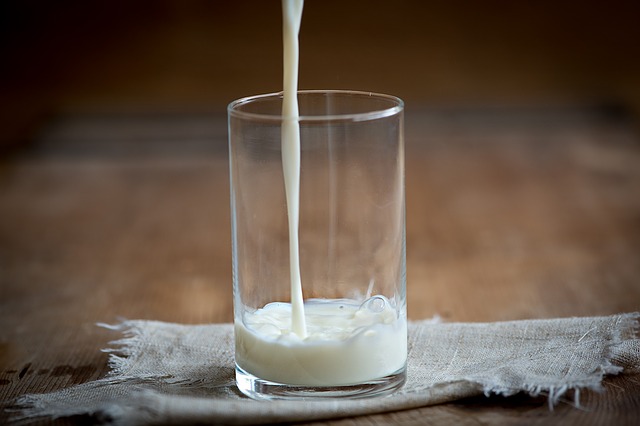Real dairy milk’s ingredient list is short — simply milk and vitamins D and A. Compare milk with some non-dairy milks, and the list can be much longer. In fact, many plant-based drinks have 10 or more added ingredients, including salt, sugar, stabilizers, sunflower lecithin, gellan gum, zinc gluconate, calcium carbonate, vitamin E acetate, vitamin B12, vitamin D2 and emulsifiers like locust bean gum.
Dairy milk is naturally nutrient rich. It’s also a nutrient powerhouse that provides essential nutrients, including calcium, vitamin D and potassium. These are important nutrients to incorporate into your diet, because they are three of the four nutrients many Americans – including children — often are lacking in their diets as described by the Dietary Guidelines for Americans.
Adding dairymilk to meals, either in a glass or to your family’s favorite recipes, is a simple way to increase both you and your kids’ intake of these important nutrients.
Some other differences between real milk and non-dairy milk include:
- Protein: Dairy milk contains eight grams of protein per eight-ounce glass, while many almond or rice milks only have one gram.
- Calcium: Dairy milk is the top food source for calcium (as well as vitamin D and potassium) in the American diet. Calcium occurs naturally in milk, while many plant milks, such as soy and almond, contain minimal amounts of naturally occurring calcium. This means they are typically fortified.
- Sugar: Regular white dairy milk has no added sugar. It contains lactose, which is a naturally occurring sugar. Many types of non-dairy milk, contain added sugars. Ingredients like cane sugar or cane juice on the ingredient list indicate that sugar has been added, so it’s important to read the label.
- Price: Non-dairy milks do not provide the same package of nine essential nutrients for the same price as dairy milk. At just about 25 cents per glass, milk offers more nutritional bang for your buck than just about any other beverage you can buy.

